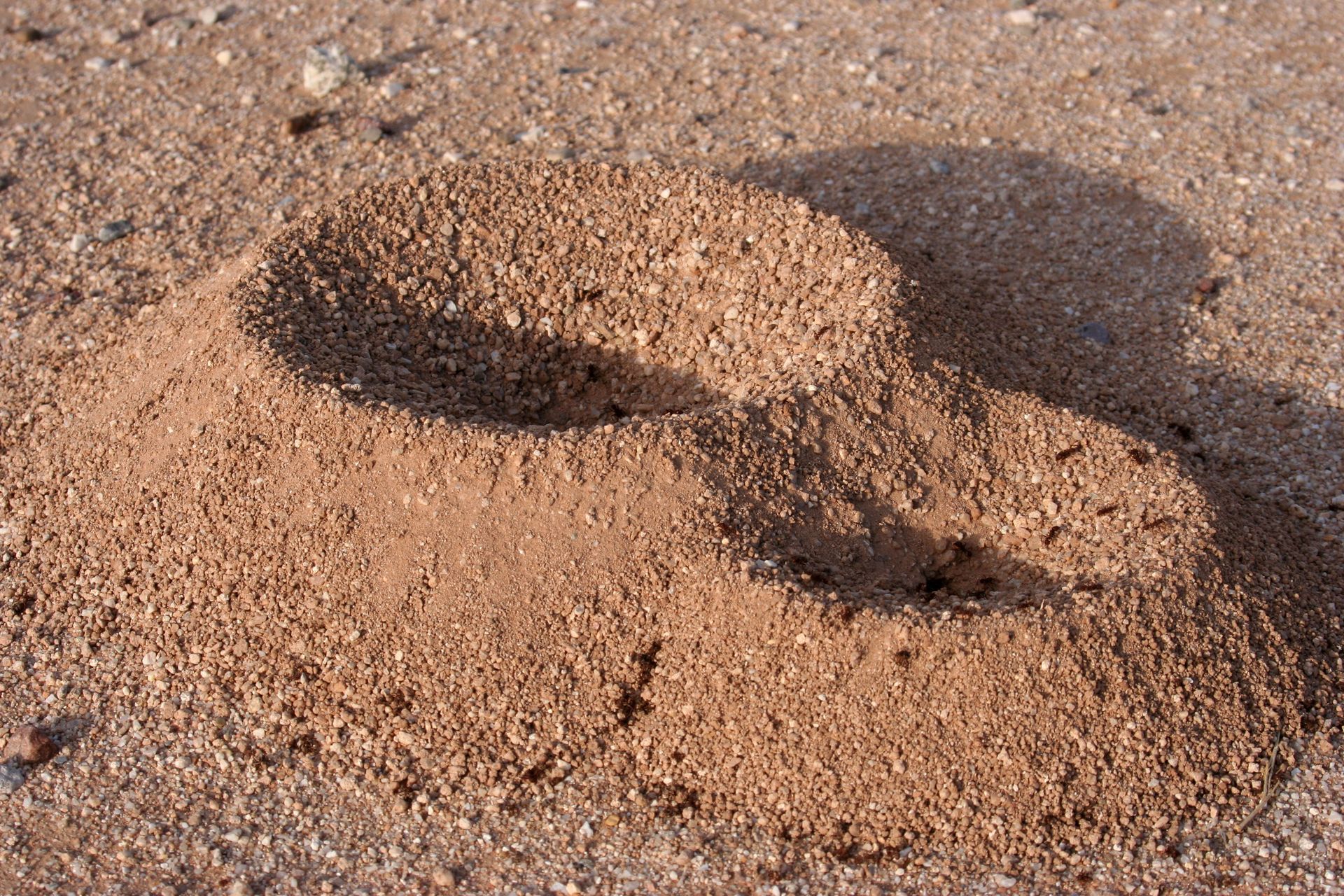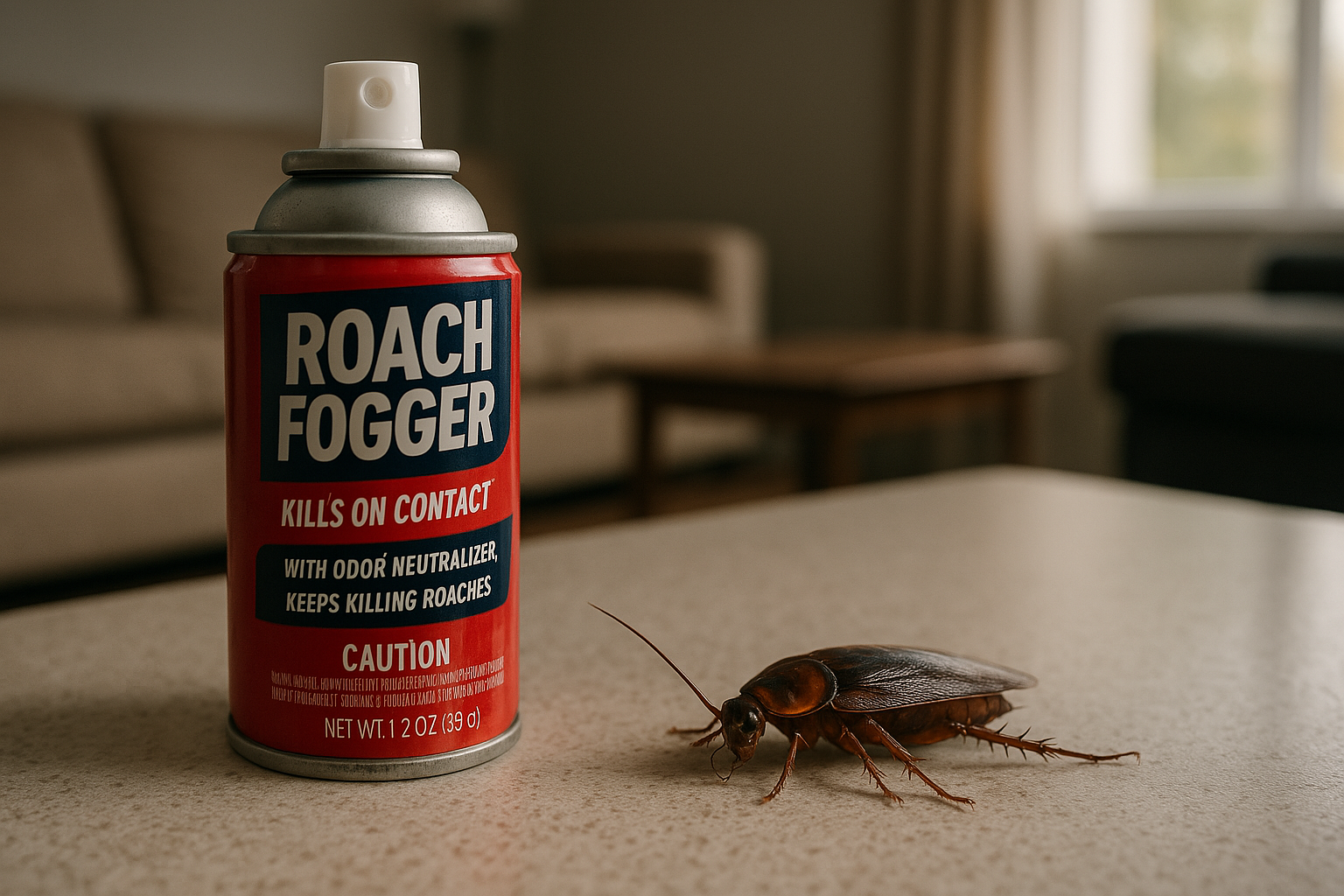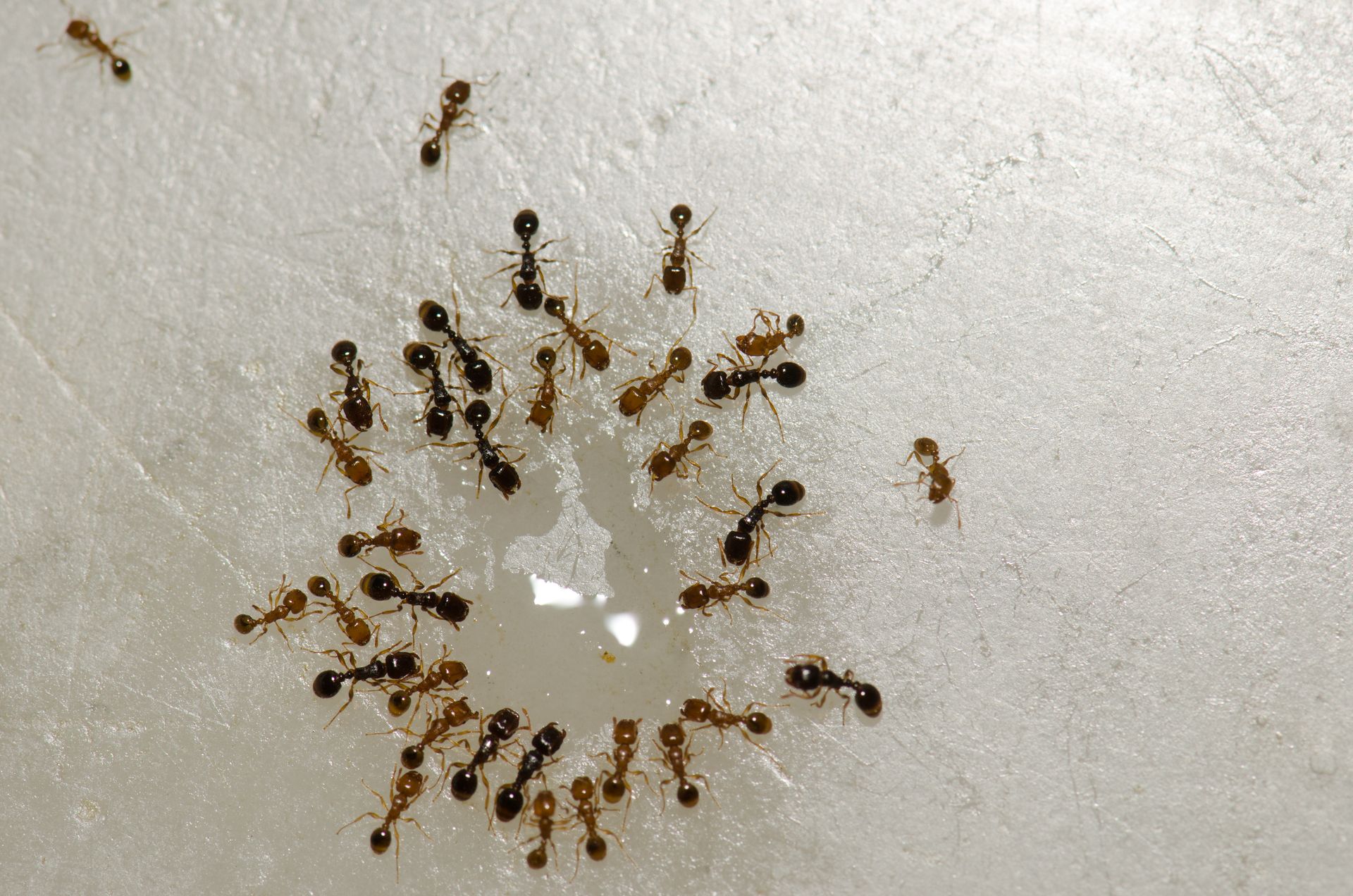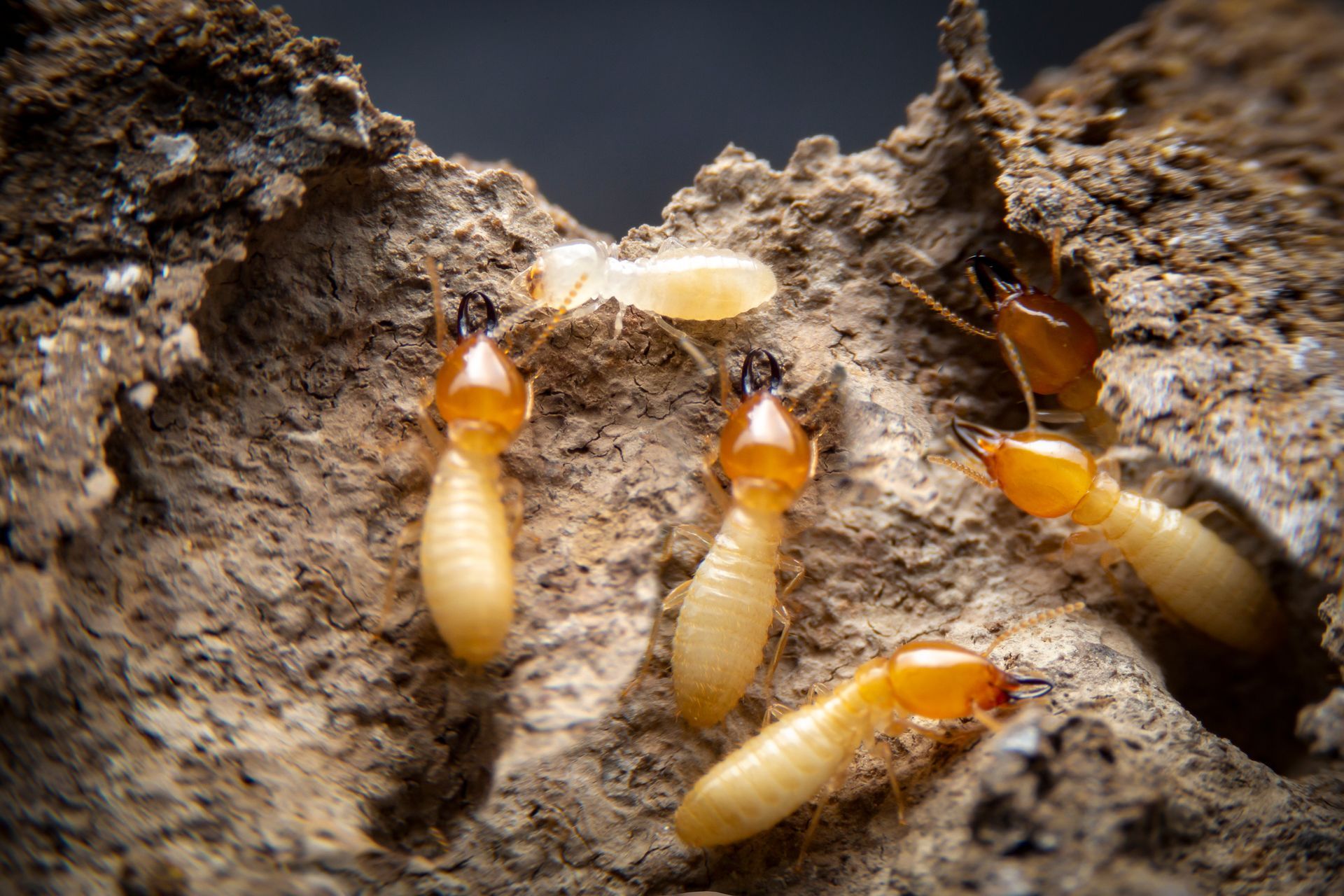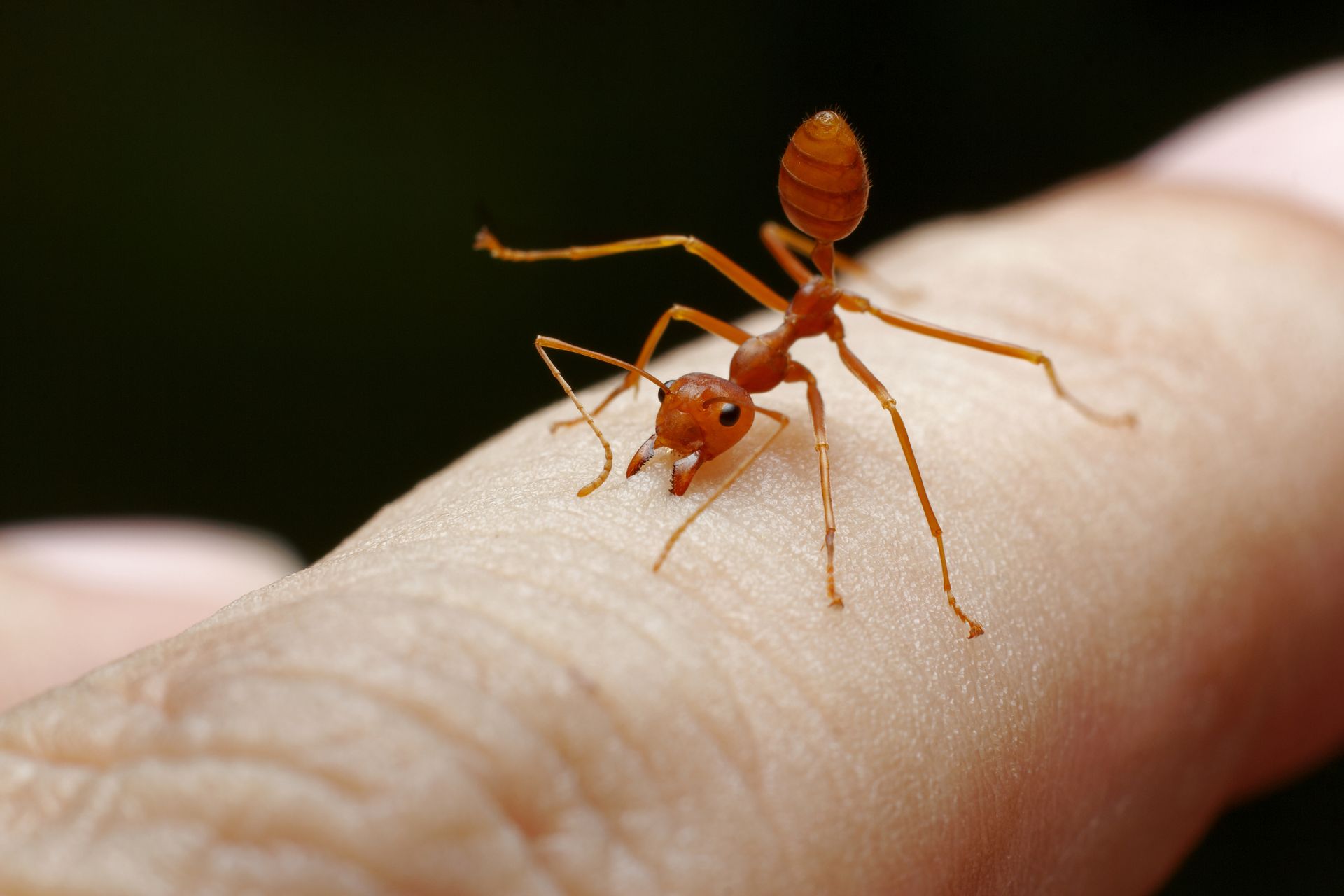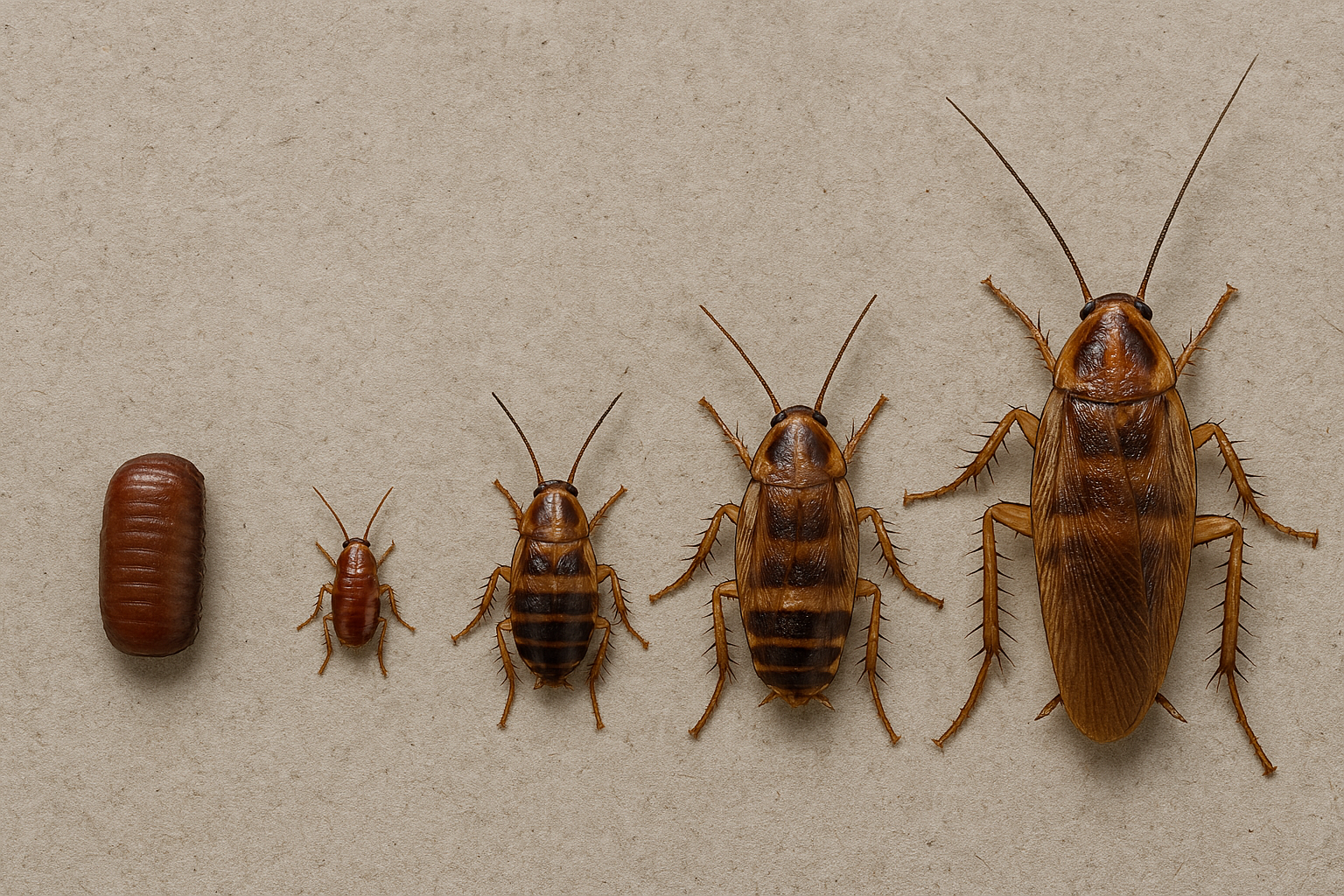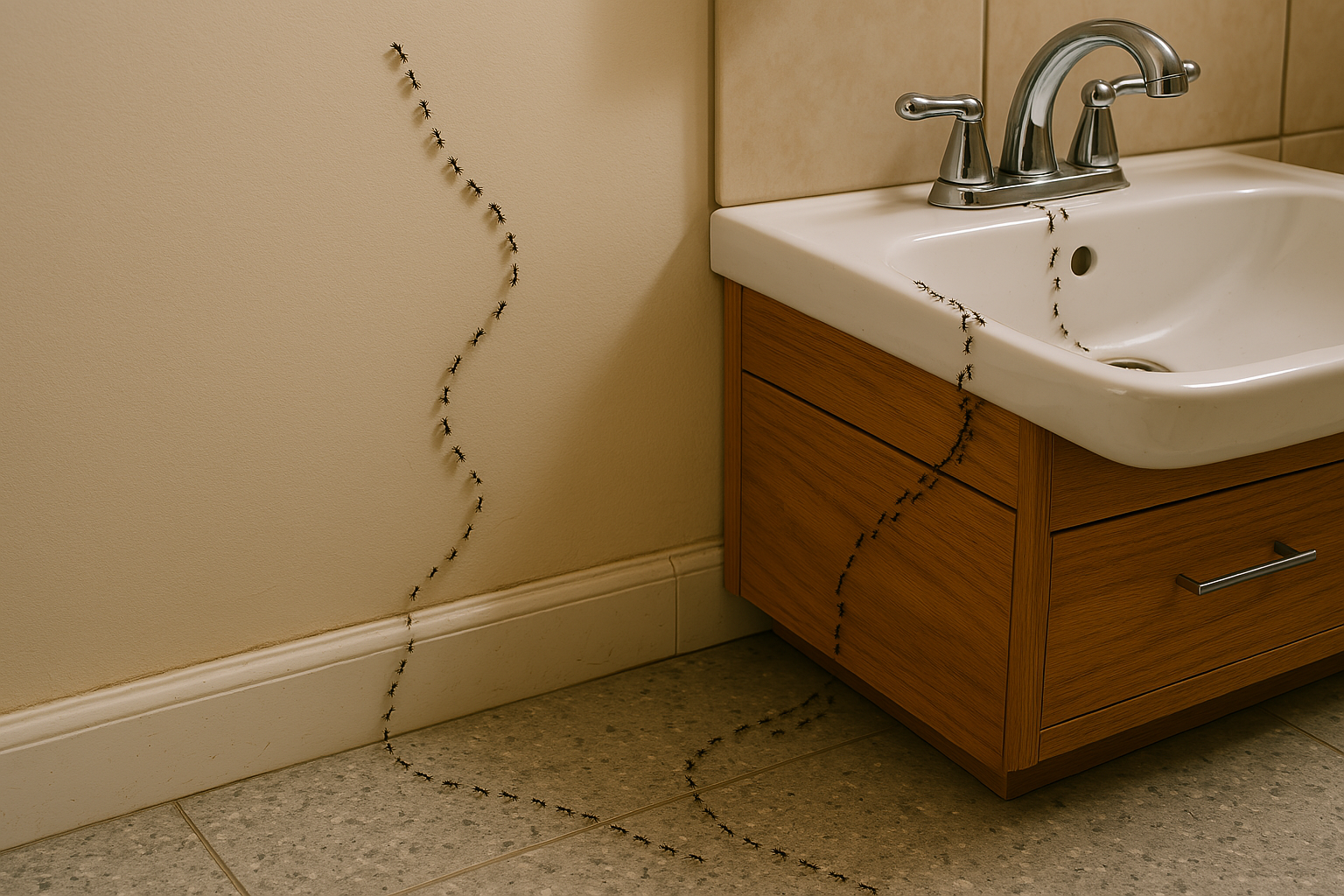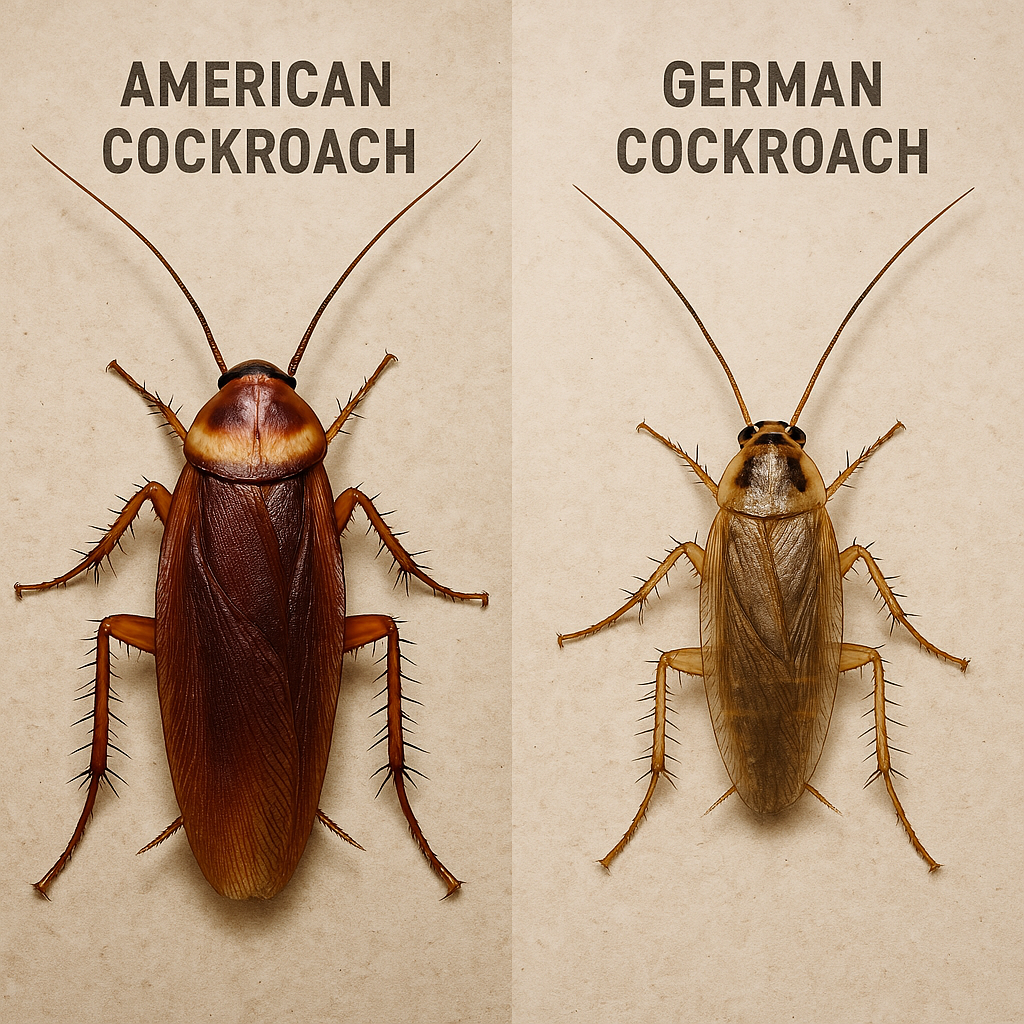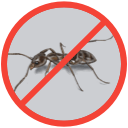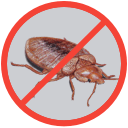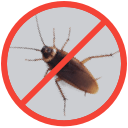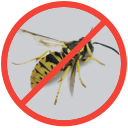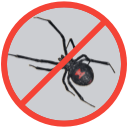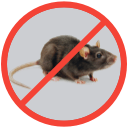Fall Pest Control: Seasonal Prevention & Treatment Guide
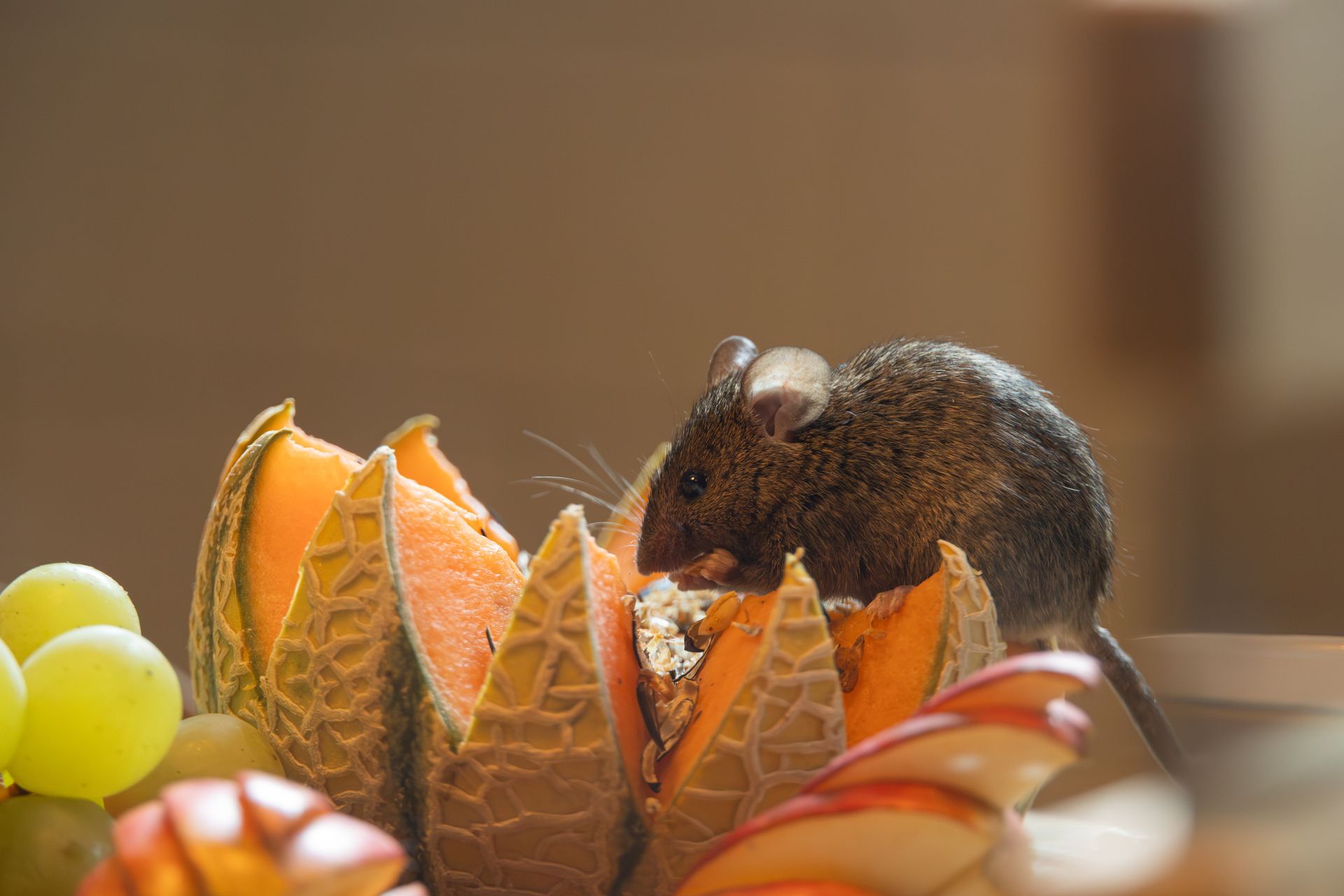
The arrival of autumn triggers a massive shift in pest behavior patterns across the United States, creating one of the most critical periods for homeowner vigilance. As temperatures begin their inevitable decline, countless insects and rodents initiate survival strategies that invariably lead them toward human dwellings. Understanding this biological imperative allows property owners to anticipate and counteract seasonal infestations before they become established. The science behind fall pest behavior reveals that temperature changes fundamentally alter insect metabolism and activity levels, with their metabolic rate tending to approximately double with an increase of 50 °F [1]. This metabolic sensitivity makes autumn weather fluctuations a primary driver of pest movement patterns, creating predictable opportunities for preventive intervention.
Proactive fall pest control measures deliver exponentially greater results than reactive treatments applied after infestations occur. The narrow window between initial temperature drops and widespread pest establishment represents the optimal timeframe for implementing comprehensive protection strategies. Homeowners who establish robust autumn prevention protocols consistently experience fewer pest encounters throughout winter months, while those who delay action often face persistent indoor populations that remain active until spring temperatures enable outdoor relocation.
Understanding Fall Pest Behavior
Temperature serves as the primary environmental cue that triggers autumn pest migration patterns throughout the United States. As ambient temperatures drop below species specific thresholds, insects experience fundamental changes in their survival strategies and habitat requirements. Research reveals temperature as a master regulator governing pest biology through its influence on energy processing, life stage transitions, dispersal capabilities, and resource accessibility, ultimately dictating the trajectory of population shifts and behavioral [2]. These physiological responses create predictable behavioral patterns that homeowners can anticipate and prepare for effectively.
The overwintering process represents a critical survival mechanism for numerous pest species that lack the ability to migrate to warmer climates. Unlike birds or larger mammals that can relocate across vast distances, most insects must find suitable microhabitats that provide protection from freezing temperatures and adequate shelter from winter storms. Residential structures offer ideal conditions with stable temperatures, protection from precipitation, and often convenient access to moisture sources. The attraction to human dwellings intensifies as natural outdoor shelter options become increasingly scarce due to seasonal vegetation changes and harsh weather exposure.
Food scarcity compounds the temperature driven motivation for indoor migration during autumn months. Natural food sources become dramatically reduced as plants enter dormancy, fruits complete their growing cycles, and other insects either die or enter their own overwintering phases. This nutritional pressure forces pest species to seek alternative food sources, making homes with accessible pantries, pet food storage, and food preparation areas particularly attractive targets. The combination of warmth, shelter, and food availability creates an irresistible habitat for numerous pest species seeking winter survival locations.
Most Common Fall Pests
Overwintering Pests
Brown marmorated stink bugs - These Asian natives begin aggregating on building sides when daylight drops below 12.5 hours, typically in the third week of September [3]. They prefer south and west facing walls due to their attraction to solar heat absorption during cool autumn days.
Multicolored Asian lady beetles - Originally introduced for agricultural pest control, these beetles arrive in large congregations that can create overwhelming infestations. They release defensive secretions when disturbed and can squeeze through remarkably small openings.
Boxelder bugs - These insects concentrate around their preferred host trees during late summer before seeking shelter in structures. They demonstrate remarkable persistence in finding entry points, especially around warm exterior surfaces.
Cluster flies - These pests remain hidden within wall voids and attic spaces for extended periods during winter. Their selection of inaccessible overwintering sites makes post invasion treatment particularly difficult.
Rodents
House mice - The most common rodent invaders during autumn, these pests can squeeze through openings as small as a dime. They reproduce rapidly and create health risks through disease transmission and food contamination.
Norway rats - These ground dwelling rodents demonstrate aggressive invasion behaviors and often create new entry points through gnawing. Their larger size makes rodent exclusion services easier to implement than for mice, but their destructive capabilities require prompt intervention.
Roof rats - These climbing rodents prefer elevated entry points and establish nesting sites in attic spaces. They create noise disturbances and fire hazards through gnawing of electrical wiring.
Squirrels - These agile climbers focus on attic and roof areas for nesting sites. They cause significant structural damage and create serious fire hazards from damaged electrical systems.
Stinging Insects
Yellow jackets – Yellow jacket aggression peaks during autumn as colony food sources become scarce and worker populations reach maximum density. Their desperation driven foraging brings them into closer contact with human food sources, increasing defensive stinging incidents.
Paper wasps - These insects experience similar autumn pressures but typically demonstrate less aggressive behavior than yellow jackets. Their nests in protected exterior building areas create ongoing interaction risks during routine home maintenance activities.
Hornets - These large wasps follow similar autumn intensification trends with increased aggression patterns. Their larger size and more potent venom make encounters particularly dangerous, especially when nests remain hidden in tree cavities or wall voids.
Spiders
House spiders - These indoor adapted species become more noticeable during autumn as outdoor conditions become less favorable. Most provide beneficial pest control services by capturing nuisance insects, making tolerance often preferable to elimination.
Regional Considerations
Climate specific pest pressures vary significantly across different regions of the United States, requiring customized approaches for optimal effectiveness. Northern regions experience earlier and more intense pest migration patterns due to rapidly declining temperatures and shorter growing seasons, while southern areas often face extended pest activity periods with less predictable migration timing due to milder winter conditions. Coastal regions encounter unique pest species and migration patterns influenced by maritime climate conditions and seasonal weather variations.
Local species variations require region specific identification and treatment strategies that account for native and introduced pest populations, with prevalence often correlating with local environmental conditions, host plant availability, and historical introduction patterns. Seasonal timing adjustments become necessary to accommodate regional climate variations and local pest activity patterns, as areas with mild winter conditions may require extended treatment periods and different prevention strategies compared to regions with severe winter weather.
Warning Signs of Infestations
- Visual indicators - Provide the most obvious evidence of pest activity including live insects, shed skins, egg masses, or fecal pellets that indicate active pest presence requiring immediate attention. Damage patterns to stored foods, fabrics, or structural materials often reveal specific pest species and help determine appropriate treatment approaches.
- Sound detection - Becomes particularly important for identifying rodent activity within wall voids and ceiling spaces where visual inspection proves difficult. Scratching, gnawing, and movement sounds during quiet periods often indicate active rodent populations requiring professional intervention.
- Damage assessment - Helps distinguish between different pest species and determine infestation severity through gnaw marks, fabric damage, and structural alterations. The documentation of damage patterns assists in selecting appropriate treatment strategies and monitoring progress during control efforts.
- Staining or odor evidence – Staining around potential entry points suggests pest traffic patterns that guide exclusion efforts. Professional consultation becomes advisable when damage patterns suggest significant structural risks or health hazards.
Fall Pest Prevention Strategies
Home Sealing and Exclusion
Foundation crack sealing - Represents the critical first step in comprehensive pest exclusion efforts, as small cracks and gaps provide easy access points for numerous pest species. Professional grade caulks and sealants designed for exterior applications provide superior longevity compared to generic household products.
Door and window weather stripping replacement - Serves dual purposes by improving energy efficiency while eliminating pest entry points. The installation of door sweeps creates effective barriers against pest intrusion while maintaining proper door operation.
Window screen repair - Prevents flying insects from entering through ventilation openings and windows during favorable weather periods. The fall home inspection of attic vents, soffit openings, and foundation vents reveals potential entry points that require screening or repair.
Utility penetrations - Create complex sealing challenges through exterior walls that often require specialized pest proofing materials and techniques for effective closure. The routing of cables, pipes, and wiring should include proper sealing materials that maintain their integrity over multiple seasons.
Garage door seals - Frequently develop gaps that provide easy access for various pest species seeking interior shelter. The adjustment and replacement of garage door sealing systems creates effective barriers while maintaining proper door operation.
Sanitation and Habitat Modification
Food storage practices - Directly influence the attractiveness of residential properties to foraging pest species. The transfer of pantry items from original packaging to sealed containers eliminates access opportunities while extending food freshness.
Pet food storage - Requires particular attention, as these products often attract rodents and insects when left in original bags or improperly sealed containers. The regular cleaning of food preparation areas removes residues that can sustain pest populations.
Moisture control - Reduces the attractiveness to numerous pest species that require water for survival. The repair of leaking pipes, faucets, and irrigation systems eliminates water sources that can sustain pest populations throughout winter months.
Yard maintenance activities - Directly impact pest pressure on residential structures by modifying habitat conditions in surrounding areas. The removal of fallen leaves, debris, and organic matter reduces overwintering sites for pest species.
Firewood storage safety - Significantly influence pest pressure when materials are stored close to residential structures. The elevation of firewood off ground surfaces and maintenance of distance from building walls reduces pest harborage opportunities.
Compost management - Requires attention to proper decomposition processes that discourage pest activity while maintaining beneficial microbial functions. The location of compost areas at appropriate distances from residential structures reduces pest migration risks.
Professional Treatment Options
Perimeter barrier treatments create chemical boundaries that intercept pest migration attempts before structure penetration occurs. The application timing for these treatments requires careful consideration of local pest activity patterns and weather conditions that affect product performance. Professional grade insecticides provide extended residual activity that maintains effectiveness throughout peak pest activity periods, while the selection of appropriate treatment products must consider environmental factors, application surfaces, and target pest species for optimal results.
Seasonal service programs provide consistent protection through regular inspections and treatments that adapt to changing pest pressures throughout the year. These comprehensive approaches often prove more cost effective than individual treatments while providing superior pest management outcomes. Integrated pest management approaches combine multiple control strategies to achieve sustainable pest management outcomes while minimizing environmental impacts, incorporating exclusion, sanitation, monitoring, and targeted treatments as needed to maintain pest free conditions with reduced reliance on chemical treatments.
Seasonal Pest Management for Fall Pest Control
- Early Fall (September) - September represents the optimal timing for initial home inspection and preventive treatment implementation across most of the United States, as completion of major sealing and exclusion work during this period ensures protection before peak pest migration activity begins. The implementation of comprehensive prevention strategies during this timeframe provides maximum protection throughout the autumn season, with professional service scheduling offering better availability compared to peak activity periods when emergency requests increase service demand.
- Mid Fall (October) - October represents the peak intervention period when pest migration activities reach maximum intensity throughout most regions, making emergency response capabilities essential as unexpected pest pressure can overwhelm inadequate prevention measures. Monitoring activities intensify during this month to detect early signs of pest activity, while last chance prevention measures focus on critical areas that may have been overlooked during earlier prevention efforts.
- Late Fall (November) - November activities transition toward winter preparation and maintenance of existing prevention measures, with inspection and maintenance of exclusion materials ensuring continued effectiveness throughout winter months when access becomes more difficult due to weather conditions. The assessment of prevention strategy effectiveness during November provides valuable information for future season planning, while coordination with professional services ensures continued protection and establishes monitoring schedules for winter months.
DIY vs. Professional Services
Homeowner capabilities for pest prevention focus primarily on exclusion and sanitation measures that require basic tools and materials, including sealing obvious gaps and cracks, replacing weatherstripping, and implementing proper storage practices. Basic inspection activities allow property owners to identify potential problems and prioritize prevention efforts effectively, while consumer grade treatment products provide limited pest management capabilities for minor problems.
Professional exterminator services become essential when pest problems exceed homeowner capabilities or when specialized treatments are required, as complex seasonal pest identification, restricted use pesticides, and treatment of inaccessible areas typically require professional expertise and equipment. Cost benefit analysis must consider the potential costs of unsuccessful DIY efforts versus the value of guaranteed results, warranties, and follow up services that professional treatments provide, while safety considerations for chemical applications often favor professional approaches over DIY methods that risk health hazards and environmental problems.
Contact EcoGuard for Professional Fall Pest Control
The complexity of fall pest management often exceeds typical homeowner capabilities, making professional consultation valuable for comprehensive protection strategies. EcoGuard's experienced technicians understand regional pest behavior patterns and provide customized treatment approaches that address specific property vulnerabilities and pest pressures. The integration of exclusion, sanitation, and targeted treatment methods ensures effective pest management while minimizing environmental impacts and health risks. The investment in professional fall pest control services delivers long term value through reduced pest encounters, protection of property values, and elimination of health risks associated with pest infestations. Contact EcoGuard today to schedule a comprehensive property assessment and develop a customized fall pest prevention strategy that protects your home throughout the autumn season and beyond.
Frequently Asked Questions
Why do pests invade homes more in fall?
Temperature drops trigger biological responses in insects and rodents that drive them to seek warm, protected shelter for winter survival. As natural food sources become scarce and outdoor conditions deteriorate, residential structures provide ideal overwintering habitats with stable temperatures, protection from weather, and often accessible food and water sources.
What are the most common fall pests to watch for?
The most problematic fall invaders include brown marmorated stink bugs, multicolored Asian lady beetles, boxelder bugs, cluster flies, house mice, yellow jackets, and various spider species. Each species demonstrates specific behavior patterns and entry preferences that require targeted prevention strategies for effective control.
When should I start fall pest prevention?
September represents the optimal timing for implementing comprehensive fall pest prevention measures across most of the United States. Early prevention allows for complete exclusion work and barrier treatments before peak pest migration activity begins, providing maximum protection throughout the autumn season.
How do I seal my home against fall pests?
Effective home sealing requires comprehensive inspection and treatment of foundation cracks, utility penetrations, door and window gaps, and ventilation openings. Professional grade caulks, weatherstripping, screens, and door sweeps provide durable barriers that withstand seasonal weather variations while preventing pest intrusion.
Are yellow jackets more aggressive in fall?
Yellow jacket aggression increases significantly during autumn months due to colony food scarcity and maximum worker populations. The shift from protein based to sugar seeking foraging behavior brings yellow jackets into closer contact with human food sources, increasing encounter risks and defensive stinging incidents.
What attracts mice to homes in autumn?
Mice seek residential structures during autumn for warmth, shelter, and food availability as outdoor conditions become harsh and natural food sources disappear. The combination of stable indoor temperatures, protection from predators, and accessible food storage makes homes ideal winter survival locations for mouse populations.


